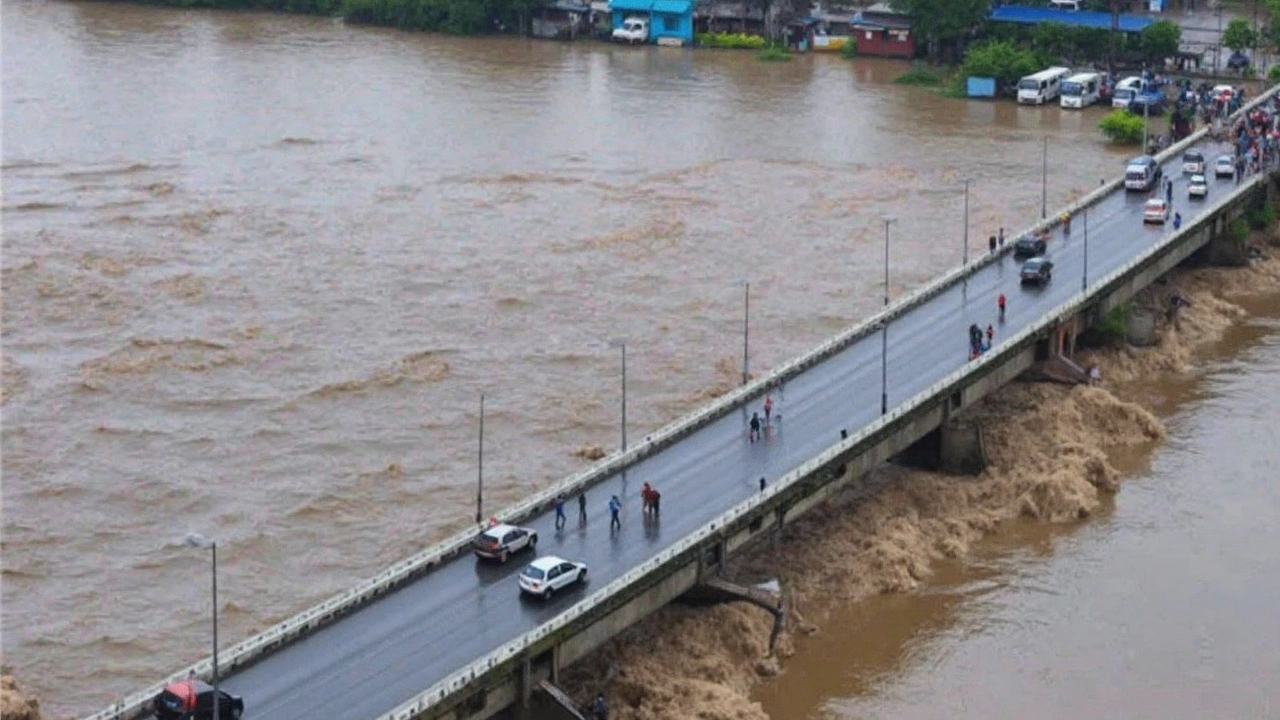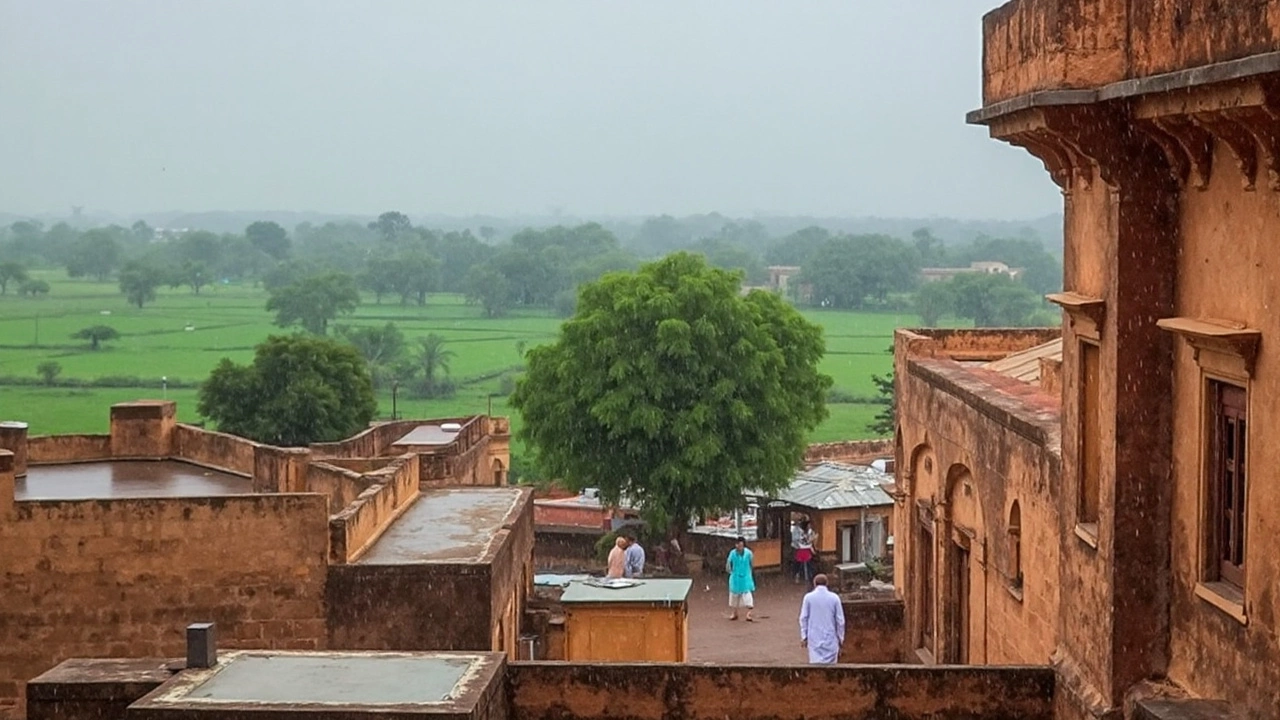Heavy Rains Pound Rajasthan: Monsoon Delivers Intense Downpour Across 22 Districts
The monsoon has kicked into high gear across Rajasthan, with the India Meteorological Department (IMD) sounding the alarm for heavy rain and thunderstorms in 22 districts, including major urban hubs like Jaipur, Sikar, and Churu. While rain during this season is expected, what’s different this year is the intensity—some areas in East Rajasthan could see more than 21 centimeters of rainfall in just one day. That’s not just an umbrella-and-boots situation; this kind of downpour brings real risks, from sudden street flooding to dangerous landslides in hilly pockets.
Residents of East Rajasthan are bracing themselves from July 7 to 9, with the strongest warnings in place for July 9 when “extremely heavy rainfall” may hammer isolated locations. For those in the western half of the state, July 7 is set to bring its own set of challenges: thunderstorms, frequent lightning, and heavy showers, all adding up to tricky travel and higher potential for accidents. The IMD’s warnings don’t just cover rain—they point to a soup of bad weather hazards that can catch anyone off guard.

Flood Risks on the Rise: What Locals Need to Watch For
When rain comes down in sheets like this, it doesn’t take long for Rajasthan’s usually dry land to struggle. Urban areas like Jaipur see drains backing up and roads turning into fast-flowing streams, disrupting daily life, causing vehicle breakdowns, and sometimes even cutting off whole neighborhoods. It’s the low-lying and poorly drained parts of cities that feel the brunt, as water quickly pools in places where it has nowhere to go.
People living in regions with hills—think parts of Sikar and near the Aravalli slopes—have a different worry. When heavy rain hits slopes already loosened by last year’s monsoon, it can trigger mudslides and minor landslips that block roads or threaten houses. For farmers, these storms are a mixed bag: rain means good news for crops, but too much at once can flatten fields and flood irrigation channels, washing away seeds and nutrients.
The IMD’s warnings stretch through July 12, but it’s these few days—July 5 through 9—where forecasters see the biggest risk of severe conditions. State officials have already urged the public to pay close attention to local announcements, keep emergency numbers handy, and avoid risky travel, especially on roads known for waterlogging or near rivers that swell quickly. People are being told to check for weather updates before heading out and to be extra careful during lightning spells, which are expected to come with the storms, especially in the west on July 7.
For anyone caught on the roads during a sudden downpour, experts say it’s safest to pull over somewhere elevated if water starts rising—trying to drive through water-logged streets can be far more dangerous than most people think. With Rajasthan’s weather swinging from blistering heatwaves to drenching rains in a matter of weeks, this stretch of the monsoon seems determined to test everyone’s patience—and planning. As always, staying alert and ready makes the difference.
